The LED Headlight Market is currently characterized by a dynamic competitive landscape, driven by technological advancements and increasing consumer demand for energy-efficient lighting solutions. Major players such as Philips (Netherlands), Osram (Germany), and Hella (Germany) are at the forefront, each adopting distinct strategies to enhance their market positioning. Philips (Netherlands) emphasizes innovation in product development, focusing on smart lighting solutions that integrate seamlessly with vehicle technology. Meanwhile, Osram (Germany) has been actively pursuing strategic partnerships to bolster its R&D capabilities, particularly in the realm of adaptive lighting systems. Hella (Germany) appears to be concentrating on regional expansion, particularly in emerging markets, to capitalize on the growing automotive sector.
The competitive structure of the LED Headlight Market is moderately fragmented, with several key players vying for market share. Companies are increasingly localizing manufacturing to reduce costs and optimize supply chains, which is becoming a critical tactic in maintaining competitiveness. This localization strategy not only enhances operational efficiency but also allows companies to respond more swiftly to regional market demands. The collective influence of these key players shapes a competitive environment where innovation and operational agility are paramount.
In August 2025, Philips (Netherlands) announced the launch of its latest line of adaptive LED headlights, which utilize advanced sensor technology to adjust brightness based on driving conditions. This strategic move underscores Philips' commitment to innovation and positions the company as a leader in smart automotive lighting solutions. The introduction of these headlights is likely to enhance safety and improve energy efficiency, aligning with the growing consumer preference for sustainable products.
In September 2025, Osram (Germany) entered into a strategic partnership with a leading automotive manufacturer to develop next-generation LED headlight systems. This collaboration is expected to leverage Osram's expertise in lighting technology and the manufacturer's insights into consumer preferences, potentially leading to groundbreaking advancements in vehicle lighting. Such partnerships may significantly enhance Osram's competitive edge in the market, allowing for faster product development cycles and improved market responsiveness.
In July 2025, Hella (Germany) expanded its manufacturing capabilities in Eastern Europe, aiming to meet the rising demand for LED headlights in the region. This expansion not only reflects Hella's strategic focus on regional growth but also highlights the importance of supply chain optimization in the current market landscape. By increasing production capacity, Hella is likely to enhance its ability to serve local markets more effectively, thereby strengthening its competitive position.
As of October 2025, the LED Headlight Market is witnessing trends that emphasize digitalization, sustainability, and the integration of artificial intelligence in product offerings. Strategic alliances are increasingly shaping the competitive landscape, enabling companies to pool resources and expertise for enhanced innovation. Moving forward, competitive differentiation is expected to evolve, with a pronounced shift from price-based competition to a focus on technological innovation, reliability in supply chains, and the development of sustainable products. This transition may redefine market dynamics, compelling companies to innovate continuously to maintain their competitive edge.


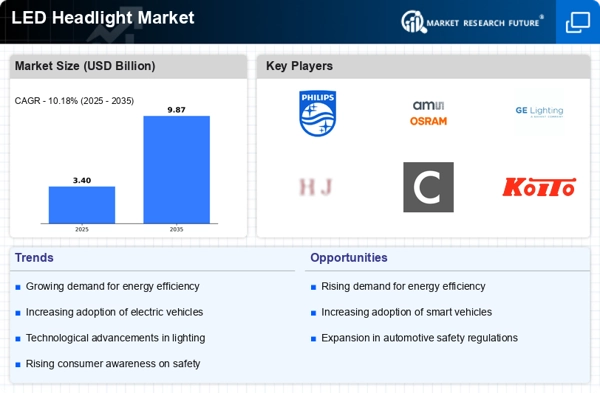
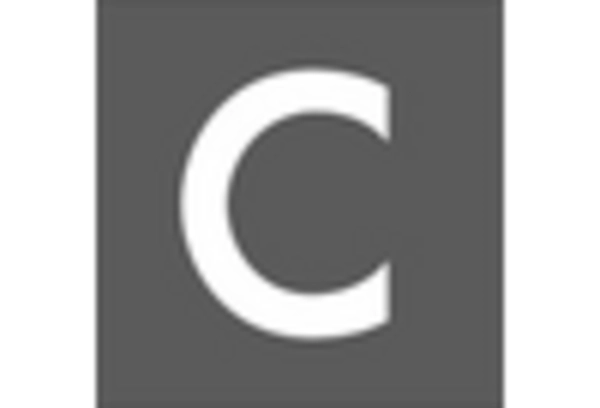
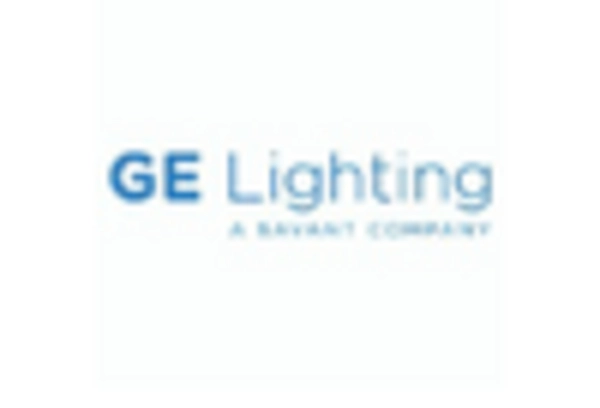

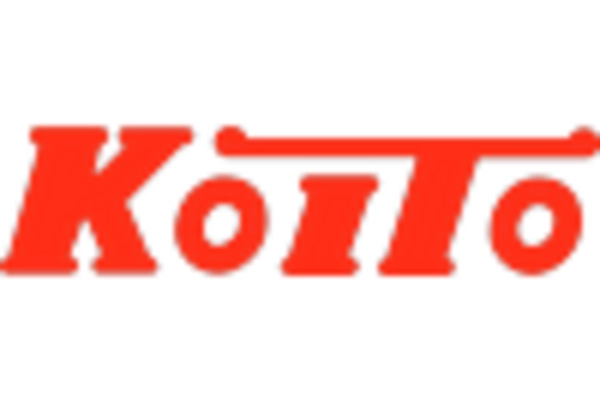
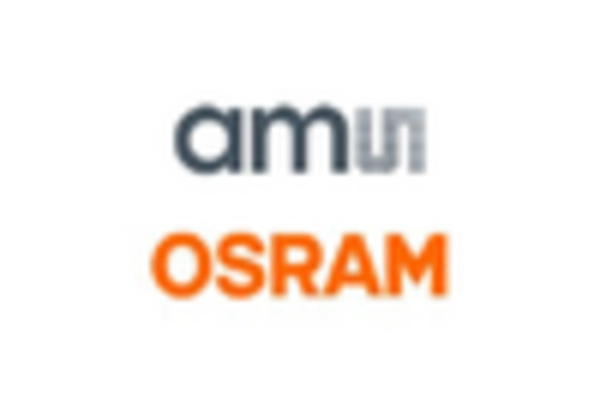









Leave a Comment